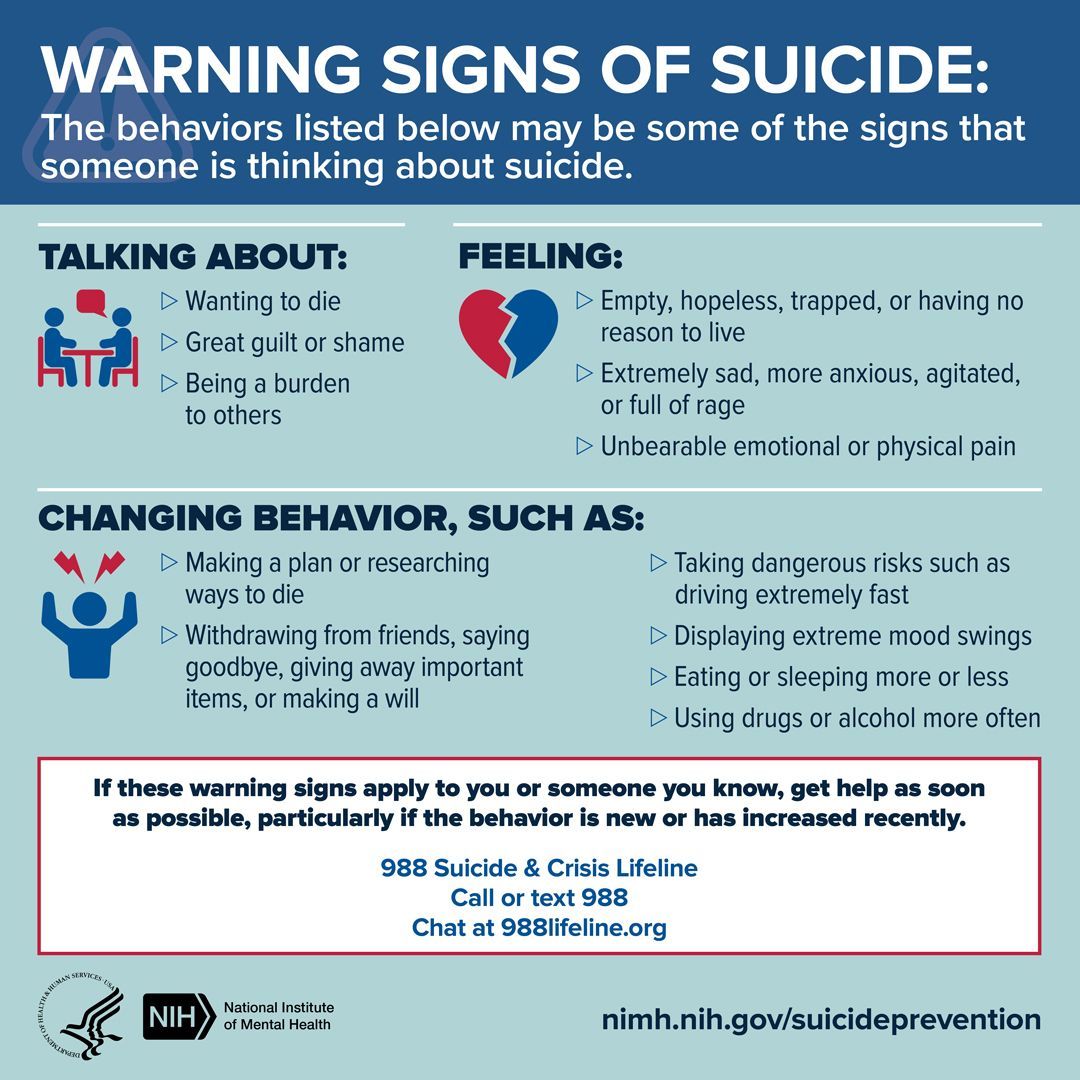This page is licensed under Creative Commons under Attribution 4.0 International. Anyone can share content from this page, with attribution and link to College MatchPoint requested.
World Suicide Prevention Day: Supporting Teenagers in Crisis
Every year on September 10, the world pauses to observe World Suicide Prevention Day. It is an important reminder of the collective responsibility we share in supporting young people who may be struggling with despair, hopelessness, or thoughts of suicide. For adults who work with teenagers—whether as educators, coaches, mentors, or youth leaders—the day carries an added weight. You are often among the first to notice subtle signs that something is wrong. You are also uniquely positioned to offer care, connection, and guidance in a moment that could make a profound difference.

Suicide remains one of the leading causes of death among adolescents worldwide. That reality is sobering, but awareness days like this are not only about statistics. They are about people. Behind every number is a student in a classroom, a young athlete on the field, or a teenager quietly scrolling on their phone, trying to hold it together. Prevention begins with the adults who choose to notice and respond with compassion.
Understanding the Adolescent Landscape
Teenagers live in a swirl of pressures: academic performance, college admissions, social dynamics, identity development, and in many cases, financial or family stress. Add the constant presence of social media and the rapid comparison culture it fuels, and the sense of being “not enough” can deepen.
For some teens, this weight translates into moments of hopelessness. It is not always visible. A student who is smiling in class may still be carrying unbearable pain. That is why adults working with teenagers need to cultivate both attentiveness and a willingness to ask difficult questions. Silence and stigma can be deadly. Conversation can be lifesaving.
Recognizing the Warning Signs
Suicidal thoughts can surface in many ways, some subtle and others more direct. While no list is exhaustive, here are common signs to be aware of:
- Changes in behavior or mood: withdrawal from friends, loss of interest in activities, or sudden irritability.
- Verbal cues: statements like “What’s the point?” or “They’d be better off without me.”
- Declining academic performance: missing assignments, falling grades, or loss of motivation.
- Risk-taking behaviors: increased substance use, reckless driving, or self-harm.
- Giving away belongings or talking about death more than usual.
These shifts are not always clear indicators of suicidal intent, but they should never be ignored. As adults, trusting your instincts matters. If something feels “off,” it is worth checking in.
How to Start the Conversation
Talking about suicide with a teenager can feel intimidating, but research shows that asking directly does not put the idea into their head. Instead, it can bring immense relief to a young person who has been struggling silently.
Here are some practical approaches:
- Be direct but gentle: “I’ve noticed you seem really down lately. Sometimes when people feel that way, they think about suicide. Is that something you’ve been experiencing?”
- Listen more than you speak: Resist the urge to immediately fix or give advice. Often what teens need most is someone who hears them without judgment.
- Affirm their courage: Thank them for being honest, even if what they share is hard to hear.
Your role is not to have all the answers. It is to open the door, reduce isolation, and connect them to further help.
Building a Network of Support
Suicide prevention is not a solo effort. If a teenager discloses suicidal thoughts, it is vital to involve others who can provide professional and ongoing support. Depending on the situation, this may include:
- School counselors or psychologists.
- Parents or guardians, approached with sensitivity and care.
- Mental health professionals in the community.
- Crisis lines or text-based support services available 24/7.
Encourage teens to think about a “safety net” of people and resources. Help them identify at least three trusted adults they can reach out to in a crisis.
Creating Environments of Safety and Belonging
Beyond crisis intervention, prevention thrives in environments where teens feel seen, valued, and connected. Adults who work with teenagers can contribute by:
- Normalizing conversations about mental health: Treat it as openly as you would physical health.
- Modeling vulnerability: Share moments of your own stress or struggle in age-appropriate ways. This shows that it is okay to not be okay.
- Promoting balance: Encourage downtime, creative outlets, and healthy routines, not just achievement.
- Being present: Consistent small gestures—greeting students by name, showing up to games, remembering details about their lives—reinforce that they matter.
Belonging is one of the strongest protective factors against suicide. When teenagers feel rooted in supportive communities, despair has less room to grow.
Taking Care of Yourself Too
Adults who support teenagers often carry emotional weight. Hearing disclosures, managing crises, or simply worrying about vulnerable youth can take a toll. World Suicide Prevention Day is also a reminder to tend to your own mental health. Seek supervision, lean on peers, and practice the coping strategies you encourage in others. Prevention is sustainable only when the adults doing the work are cared for as well.


